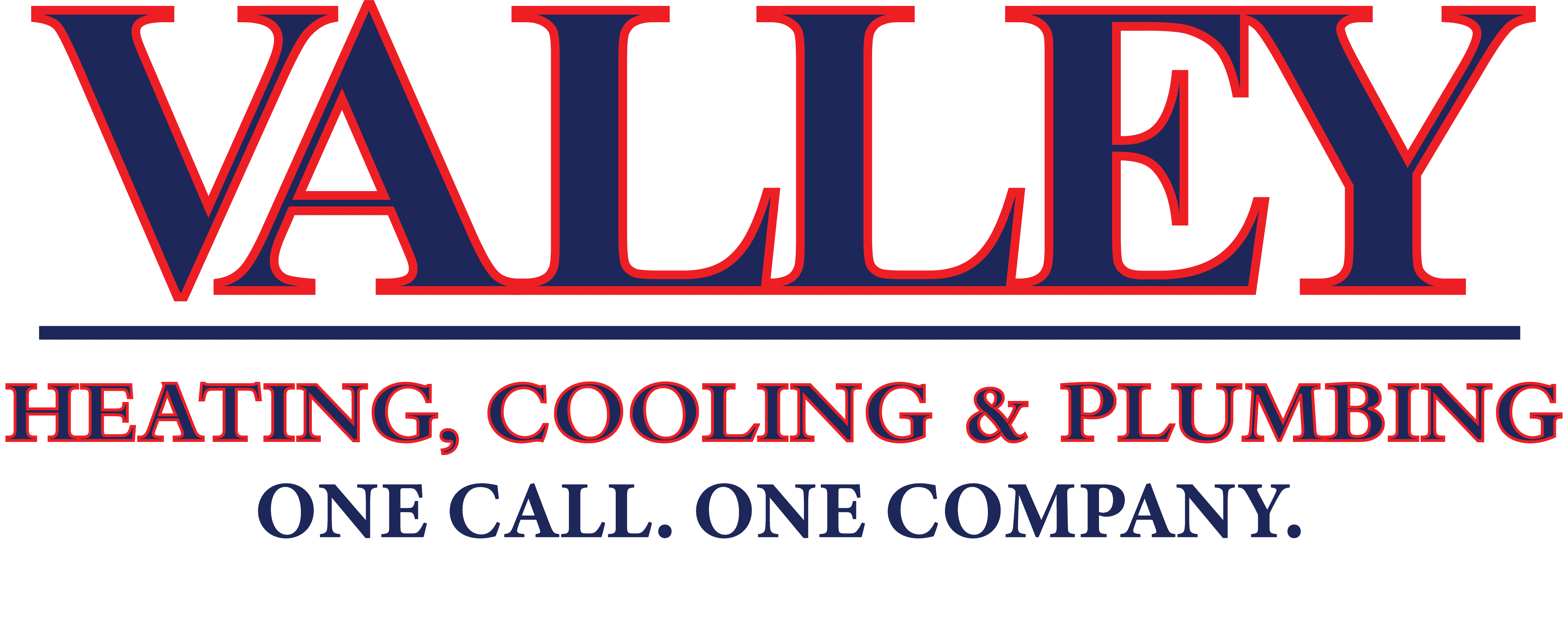What you should know before selecting and installing a smart thermostat to take full advantage of what this technological innovation has to offer.
With the costs of energy constantly on the rise, homeowners need to take as many steps as they can to reduce the household's electrical needs, and that includes optimizing heating and cooling systems. For many, that means switching over to smart home technologies. Read on to find out what you should know before selecting and installing a smart thermostat to take full advantage of what this technological innovation has to offer.
What Is a Smart Thermostat?
Before you contact an HVAC technician to set up an installation date, it's worth taking the time to understand what smart thermostats are and how they work. There are a lot of options, and it's important that you understand them fully to make an informed decision. So, let's start at the beginning: what, exactly, is a smart thermostat?
Smart thermostats are WiFi-enabled devices that can be used to control a home's heating and cooling systems remotely, usually using a smartphone app. These thoroughly modern devices allow you to schedule changes in temperature settings at any time from anywhere, and some even use artificial intelligence and machine learning to learn a household's heating and cooling preferences and automatically adjust the HVAC system to accommodate them.
Thermostat Location
Smart thermostats only work if they have access to a WiFi connection, and they work best when placed in areas that have a good connection. You have two options when it comes to accommodating a new smart thermostat's needs. You can either move the home's WiFi router or have the HVAC technician change the location when installing a smart thermostat.
Thermostat Compatibility
The first thing to consider is which models of smart thermostats are compatible with the home's current heating and cooling systems. Most of today's smart thermostats are designed to be used with 24-volt HVAC systems, often referred to as central air systems.
Unfortunately, line voltage HVAC systems are not generally compatible with smart thermostat technology. They use 120 or 240-volt connections. Of course, this issue can be eliminated entirely if you choose to install a smart thermostat as part of a larger HVAC upgrade, so if the current system is breaking down frequently or losing efficiency, that's a good option.
The second compatibility issue to take into account is the thermostat's common wire, or C-wire, requirements. C-wires are the wires that connect to the home's HVAC system and provide the thermostat with continuous power. Almost all smart thermostats require C-wire connections, but if the current HVAC system doesn't have one, there are plenty of popular brands that come with adapters.
Advanced Features
All smart thermostats allow homeowners to set and adjust temperature settings remotely. Beyond that basic functionality, though, some models also offer a wealth of advanced features. You may want to decide which of them are most important to you before looking into specific models.
Learning Features
These days, most smart thermostats have learning features that allow them to adjust the temperature to users' preferences without manual programming. To accomplish this goal, smart thermostats equipped with machine learning capabilities use sensors to learn the household's habits, including what time of the day people usually leave, come home, go to bed, and wake up. It can then adjust the ambient temperatures appropriately. This can be a very convenient feature to have, especially for families that follow regular routines.
App and Voice Control
Most of today's smart thermostats feature app-based controls. All you have to do is download a dedicated mobile app onto a smartphone or another Internet-enabled device to get access to real-time information about the HVAC system, alerts about abnormal temperature and humidity changes, and full remote control. However, you'll need to be sure that the smart thermostat's manufacturer offers an app that will work with your mobile platform.
Homeowners who already use smart home technologies like digital assistants can also utilize remote control features via voice commands. As long as the products are all designed for integration onto the same mobile platform, setting up voice command functionality is easy.
Geofencing
Smart thermostat models with geofencing capabilities allow homeowners to set virtual borders around their properties. When you cross that border, it will automatically trigger an action such as turning the central air on or off or altering the temperature. Because geofencing technology uses GPS, you can set the smart thermostat to begin a pre-programmed routine whenever you cross the virtual border.
Motion and Proximity Sensors
Like most Internet of Things (IoT) products, smart thermostats rely on sensors to determine what actions to perform. These sensors provide information to the device that will help it learn the family's routines and habits. Every smart thermostat features a slightly different range of motion and proximity sensors that must be set up within the house.
Motion sensors can detect when people are awake and moving about the house, when they go to bed, and when they leave for the day. Proximity sensors have a shorter range and determine when someone is approaching the device so that the screen will only be lit when it's in use.
Premium Features
Some premium models of smart thermostats go above and beyond the advanced features described above. They also include non-essential convenience features that can make the units easier to use and further reduce heating and cooling costs. Examples include:
- Filter change alerts
- Zoned heating and cooling
- More intuitive interfaces with backlit displays
- And more
The trade-off for these premium features is a higher initial investment.
Schedule a Professional Installation
The last thing that you should know before selecting and installing a new smart thermostat is how important it is to work with the professional HVAC technicians at Valley Heating & Cooling. We have all of the knowledge and expertise required to help you select a model that meets the whole family's needs without breaking the household's budget and plenty of experience with installing smart thermostats. Reach out today to speak with a dedicated company representative who can answer all of your questions and schedule an appointment for smart thermostat installation.


